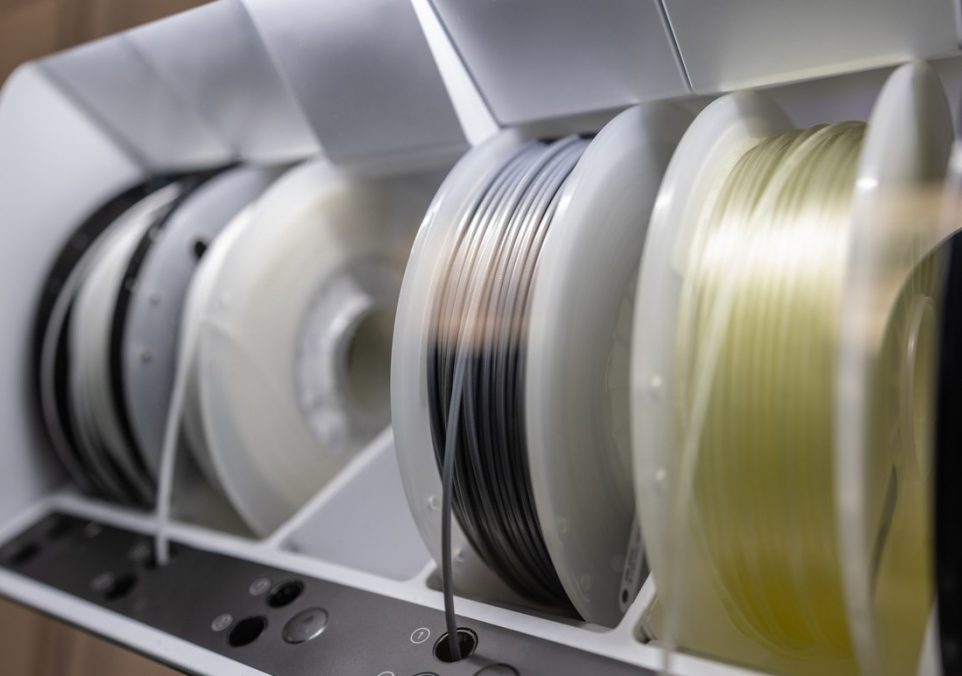Looking for The Strongest 3D Printer Filament? We’ve Got You Covered

3D printing has dramatically changed the landscape of design, prototyping, and manufacturing, merging the digital with the physical in innovative ways. As this field has evolved, so too have the materials we use, with a variety of filaments now available to meet diverse project needs. The filament you choose plays a critical role, determining not only the aesthetic quality of your finished product but also its strength and durability. If you’re diving into 3D printing, whether as a seasoned professional or a newcomer, understanding which 3D printer filament offers the most strength can significantly impact the success of your projects.
Understanding 3D Printer Filament
Think of 3D printer filament as the fuel for your 3D printer. This material is fed through the printer, where it’s heated and extruded in layers to construct your design from the ground up. The choice of filament is crucial if you aim to achieve specific strength, durability, or flexibility characteristics in your printed objects.
The market offers a variety of filaments, each suited to different applications due to their unique properties. Common types include polylactic acid (PLA), acrylonitrile butadiene styrene (ABS), polyethylene terephthalate glycol-modified (PETG), nylon, and carbon fiber-infused filaments. Each type varies in terms of material composition and mechanical properties.
Why Strength Matters
In 3D printing, the strength of the filament affects how well the final product will perform, particularly if it is subjected to mechanical stress or wear. Strong filaments ensure the longevity, durability, and functionality of printed parts, whether they are used as replacement components, functional prototypes, or custom tools. Strength is especially crucial for items that must withstand load, impact, or heat during regular use.
The Contenders for the Strongest Filaments
- Polycarbonate (PC): Recognized for its excellent tensile strength and heat resistance, polycarbonate is ideal for producing items like protective gear and functional automotive components. Note that PC requires a heated print bed and, ideally, an enclosed printer to manage its properties during printing.
- Nylon (Polyamide): This filament combines strength with flexibility, making it suitable for parts that need to endure wear and impact, such as gears and hinges. It’s important to keep nylon dry before printing, as moisture can affect print quality.
- Acrylonitrile Butadiene Styrene (ABS): Known for its toughness and durability, ABS is commonly used in a wide range of applications, from toys to automotive parts. It requires a heated print bed and good ventilation during printing due to fumes.
- Polyethylene Terephthalate Glycol (PETG): PETG offers a good mix of strength, flexibility, and durability, making it suitable for prints that require toughness, such as mechanical parts and water-resistant containers.
- ASA (Acrylic Styrene Acrylonitrile): Similar to ABS with added UV resistance, ASA is great for outdoor applications where prints are exposed to the sun. Like ABS, it benefits from a heated bed and should be used in a well-ventilated area.
Incorporating Composite Filaments
Composite filaments, which blend traditional materials with reinforcements like carbon fiber or glass fibers, are becoming increasingly popular for high-stress applications. These materials enhance the rigidity and strength of your prints, ideal for projects that require both lightweight and durability.
Conclusion
The choice of filament in 3D printing is akin to selecting the right material for building a house—it needs to meet the requirements of the job effectively. From the durability of polycarbonate to the versatility of nylon, each filament type has distinct advantages. With this knowledge, you’re better equipped to select the right filament for your next project, ensuring that your creations are not only innovative but also built to last.
Your Trust, Our Core Commitment
At Rising Tech, earning and maintaining your trust is the cornerstone of our mission. We're dedicated to transparency, impartiality, and the relentless pursuit of truth in every article, review, and recommendation we publish. Our commitment to these principles ensures that you, our valued reader, are always equipped with reliable and unbiased information. Let us be your trusted guide in the ever-evolving world of technology.